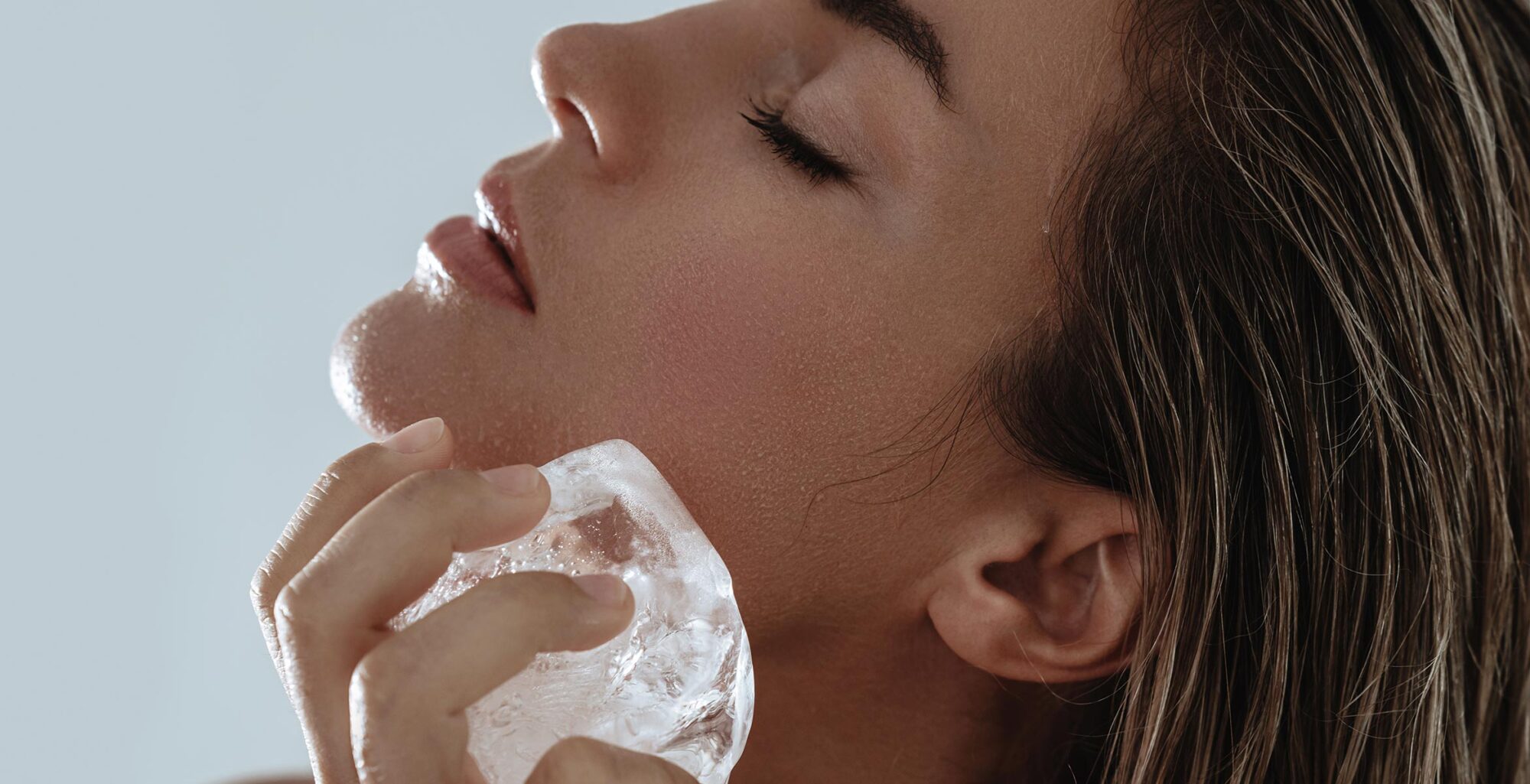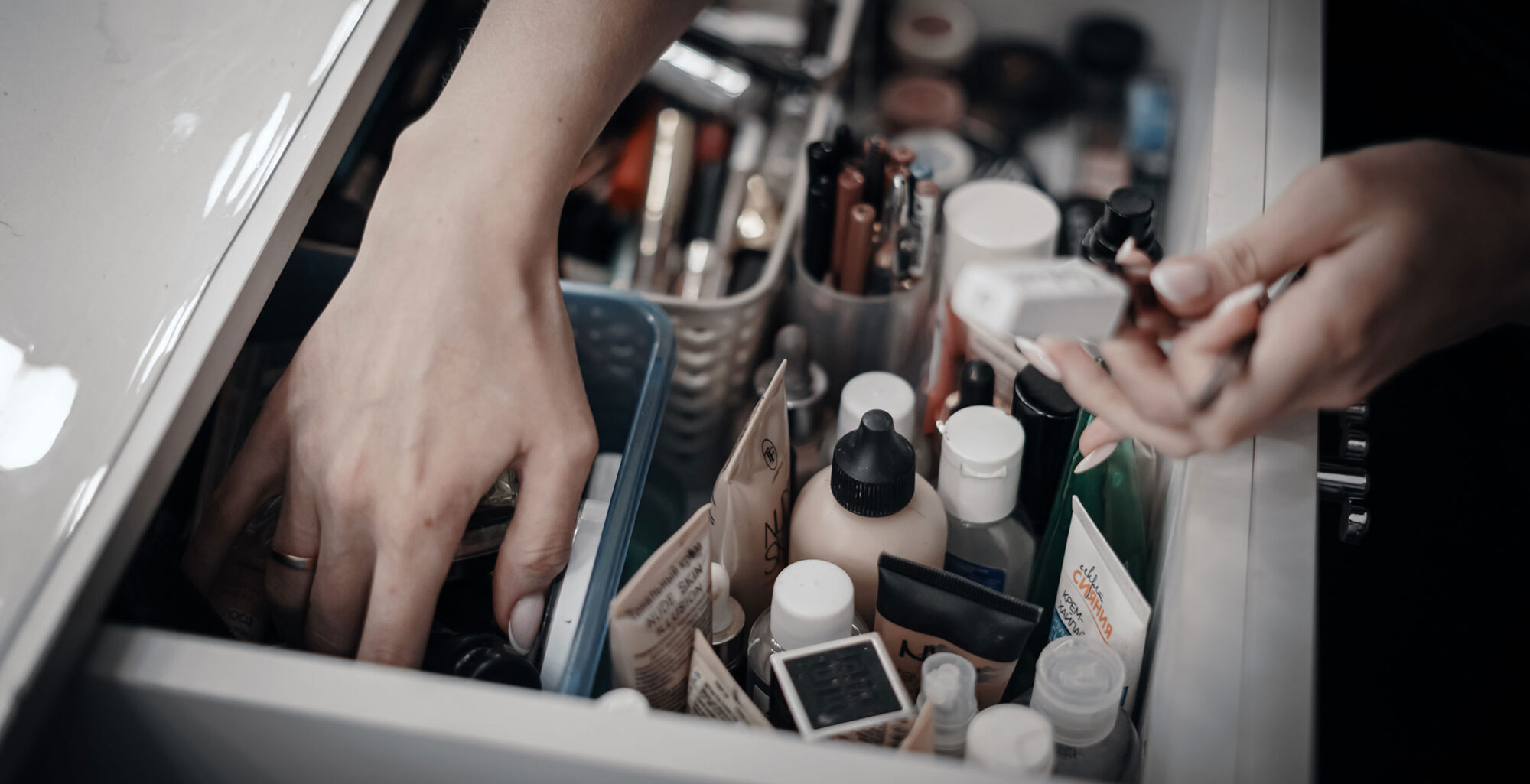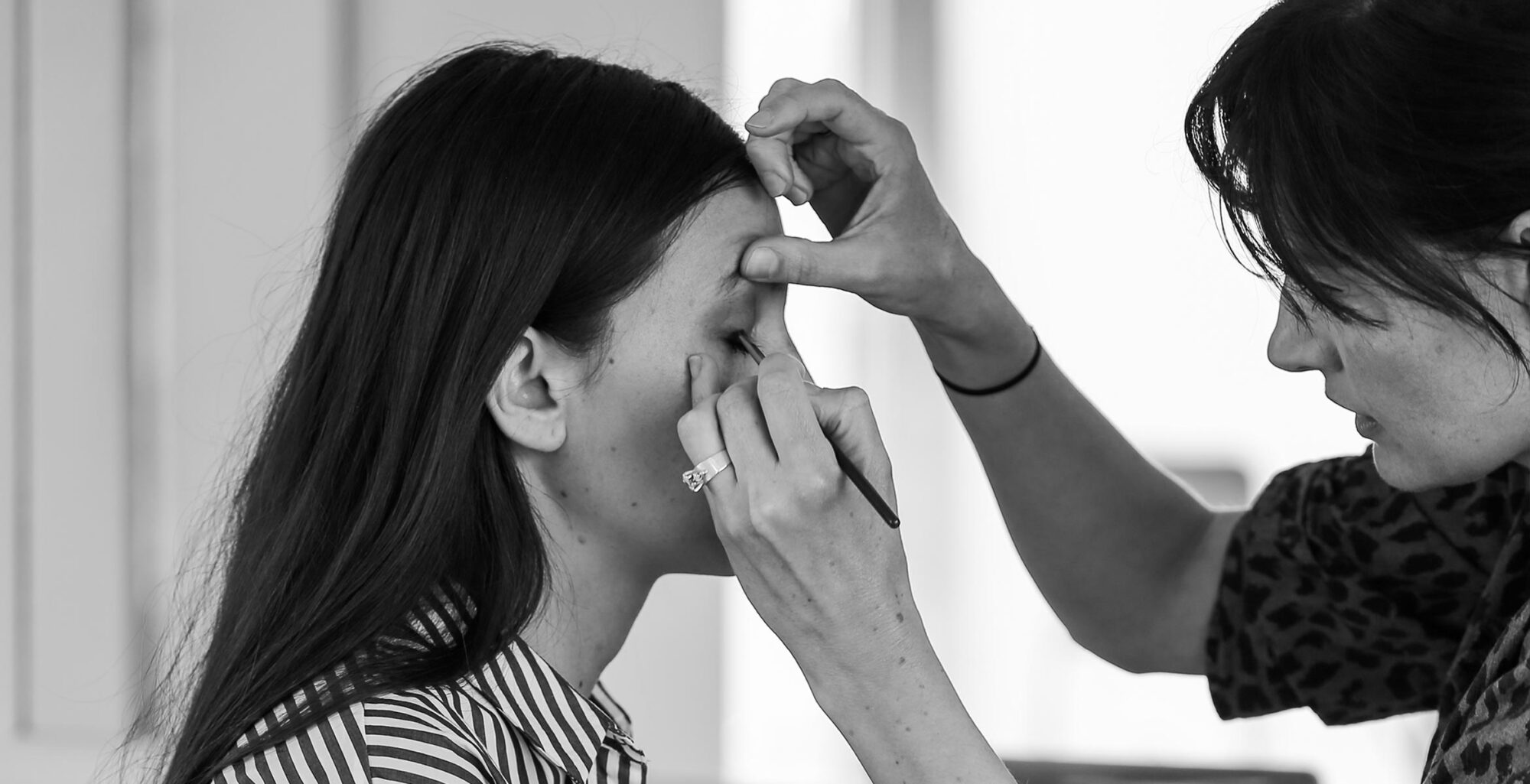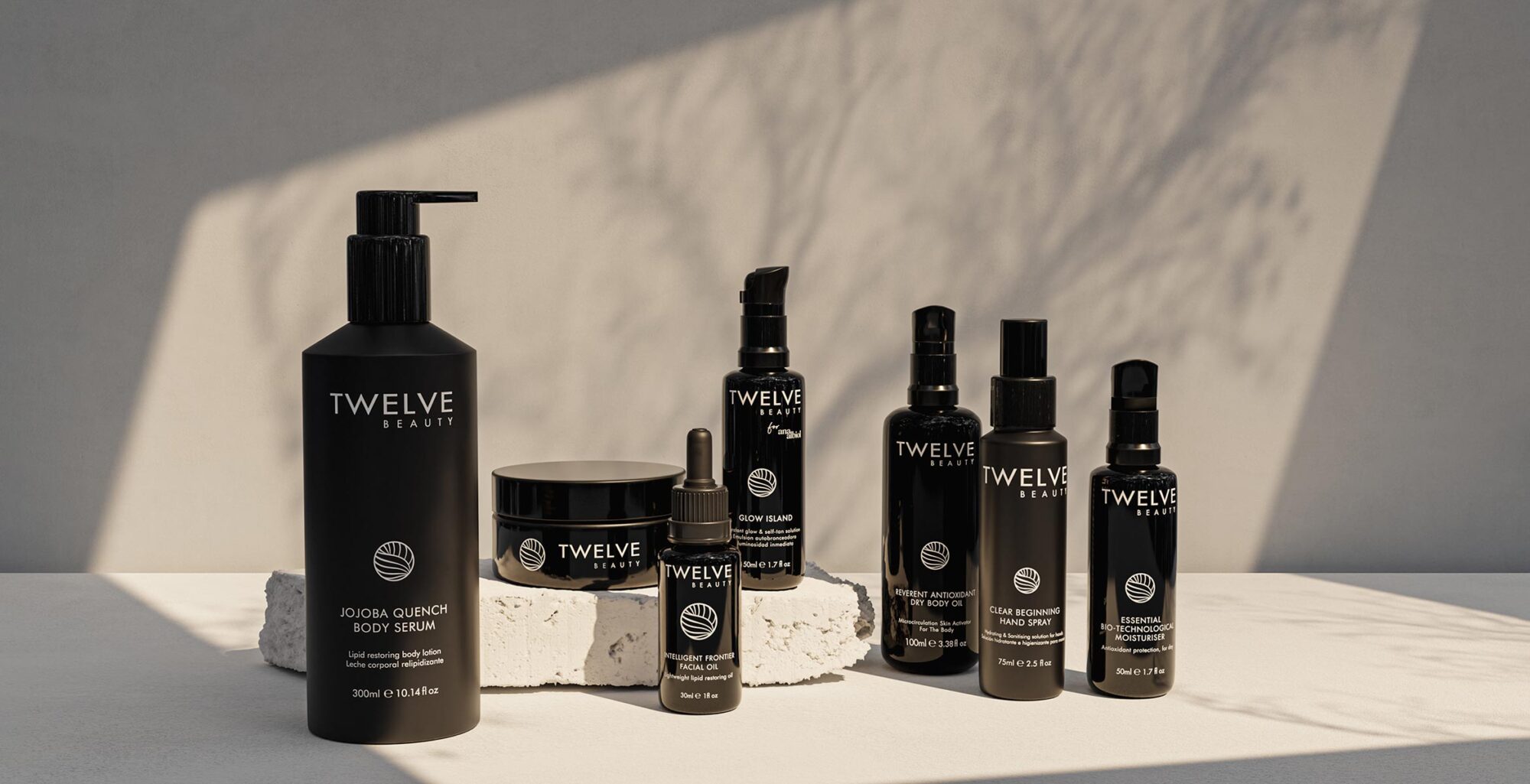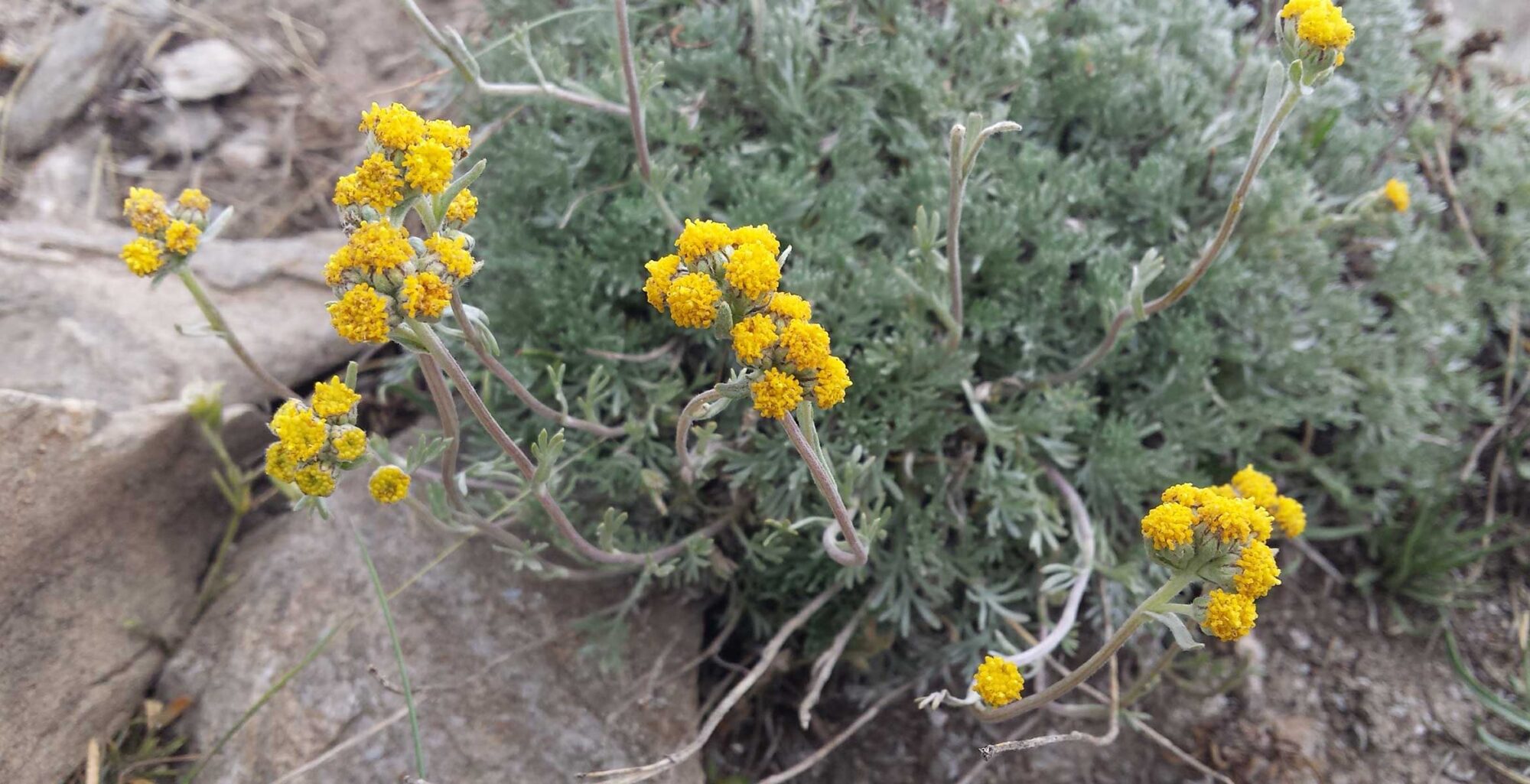Bridging Innovative Skincare with Traditional, Sustainable Actives
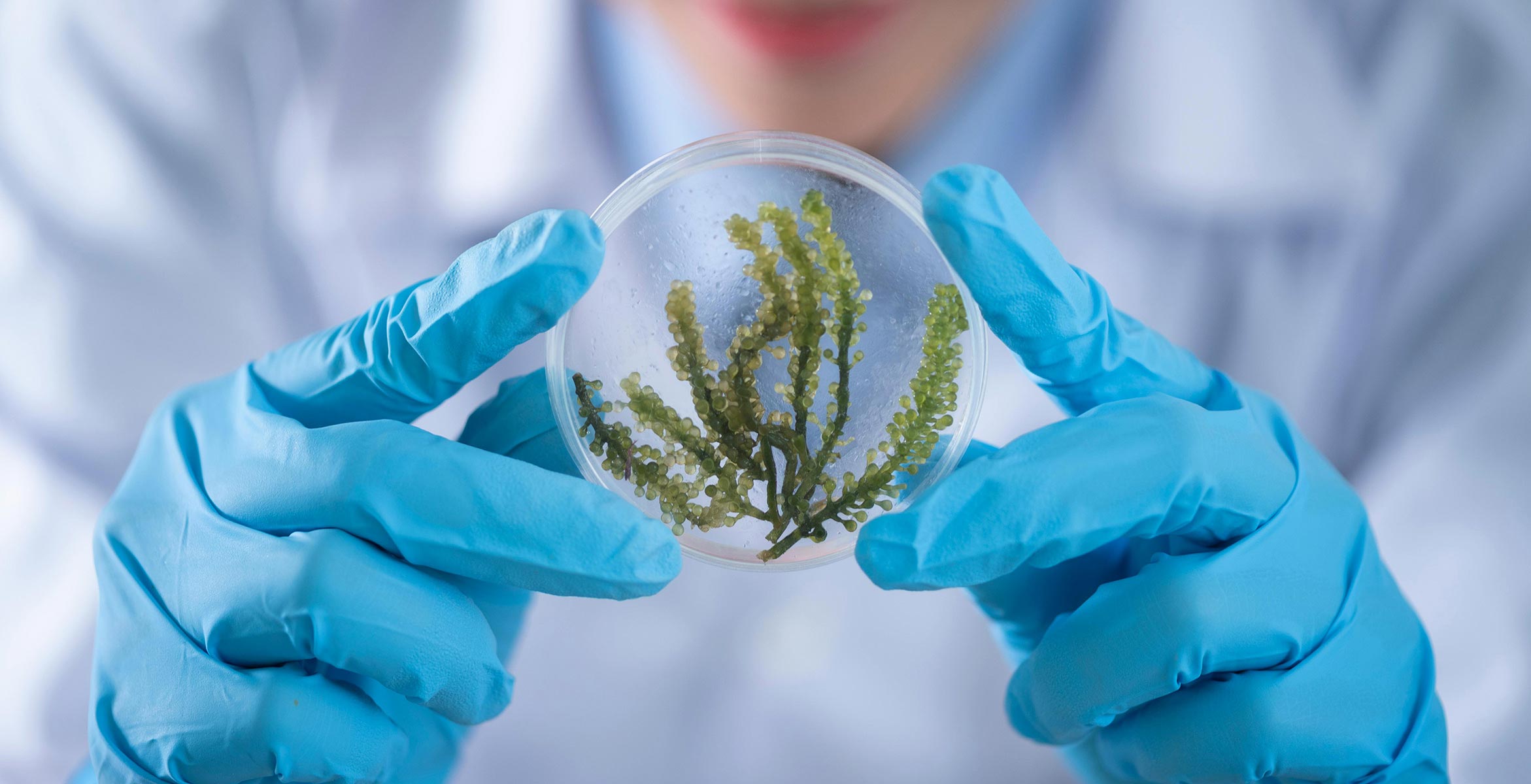
In the ever-evolving world of skincare, exotic ingredients are often spotlighted as the next miracle solution. From rainforest botanicals to rare and remote mountain herbs, these trendy actives capture attention with their novelty and mystique. But are they truly more effective – or sustainable – than time-honoured, locally sourced alternatives? At Twelve Beauty, we believe the future of innovative skincare lies in bridging innovation with integrity. That means asking the hard questions: How traceable are these trendy ingredients? How sustainable is their harvesting? And crucially, are there equally effective, more planet-friendly alternatives closer to home?
Rethinking “Exotic” vs “Traditional” in Innovative Skincare
In today’s crowded market, ingredients sourced from remote places or developed via advanced fermentation capture consumer attention. These “exotic” actives promise cutting-edge performance for pigmentation, hydration or barrier repair. But do they outperform the staples of cosmetic science – olive oil, aloe vera, sunflower oil and others – that have decades (or centuries) of rigorous study behind them?
True innovative skincare demands three pillars of ingredient selection:
- Scientific validation (robust clinical or laboratory data)
- Transparent traceability (clear, verifiable supply chains)
- Sustainable sourcing (ethical harvest and low environmental impact)
Below, we take a closer look at a few standout ingredient pairs to show how the most innovative skincare choices aren’t always the most exotic, but often the most thoughtful and sustainable.
1. Less Hype, More Science: Honest Ingredient Comparisons
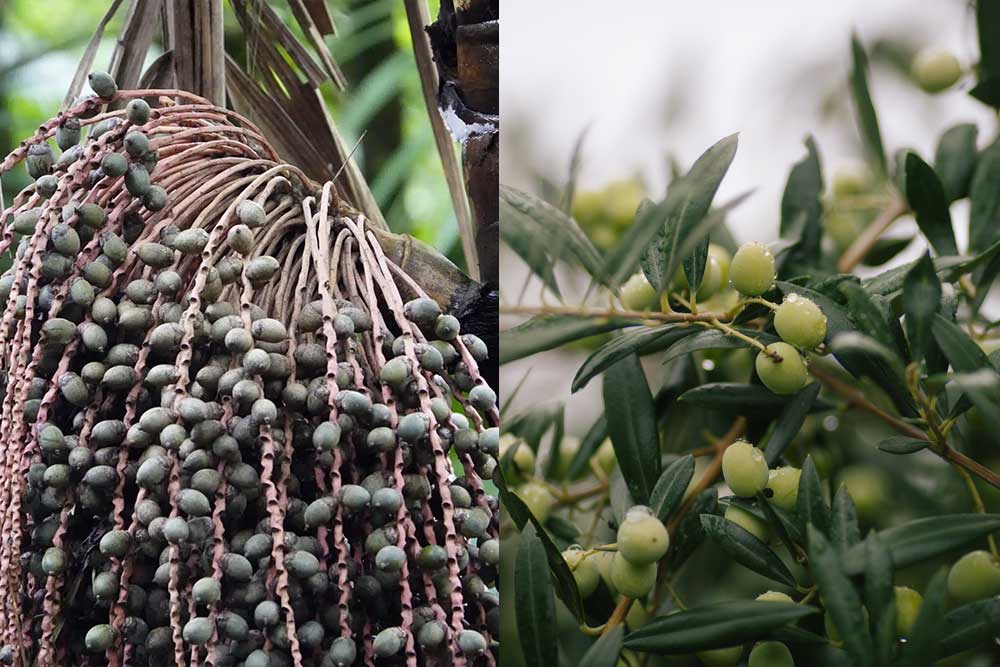
1.1 Patauá Oil vs. Olive Oil: Exotic Appeal or Local Excellence?
- Patauá Oil (Oenocarpus bataua): Rich in oleic acid, Vitamin E (170 mg/100 g), and essential fatty acids, this Amazonian oil is often dubbed the “Olive Oil of the Rainforest.” While wild-harvested cold-press methods can support biodiversity, they also face challenges in traceability and scalable, sustainable sourcing.
- Olive Oil: Just as rich in oleic acid and naturally abundant in squalene, polyphenols, and Vitamin E. With centuries of Mediterranean use, well-established supply chains and extensive sustainability certifications, olive oil exemplifies how a traditional active can tick all the boxes for modern, innovative skincare.
Both oils strengthen the skin barrier, hydrate deeply, and defend against oxidative stress — all essentials in any innovative skincare formula. But beyond the lab, olive oil’s true strength lies in the landscape: olive trees are resilient, low-maintenance, and require little water. Their deep roots stabilise soil, while their carbon-sequestering power actively supports climate balance. Add to that their proximity and full traceability, and olive oil becomes more than just effective — it becomes a responsible innovation.
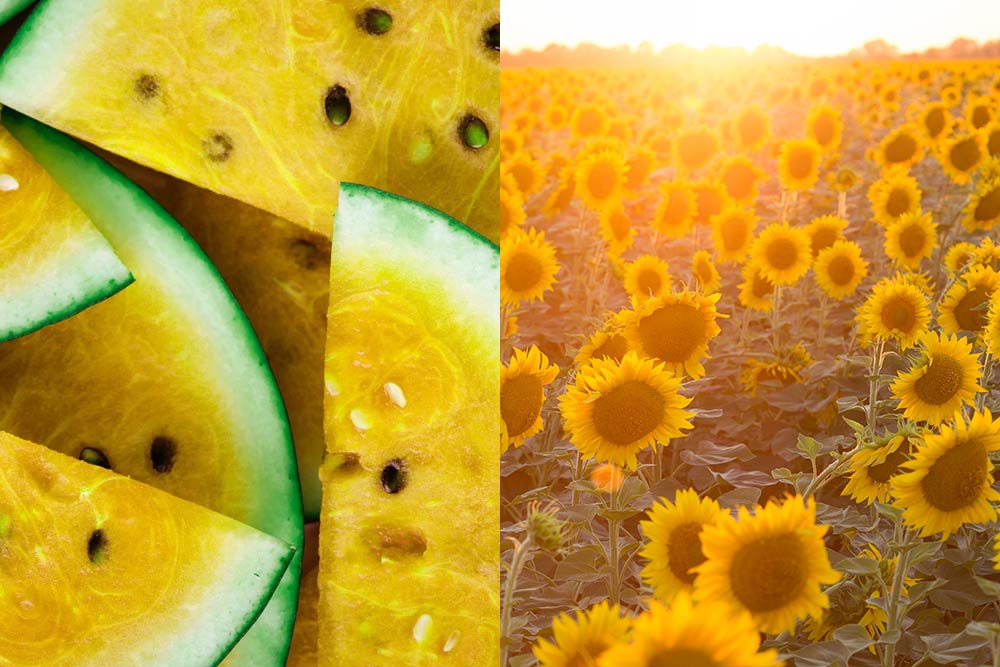
1.2 Kalahari Melon Oil vs Sunflower Oil: Hydration & Barrier Support
- Kalahari Melon Oil: Contains linoleic and oleic acids, Vitamins A, C and E, plus beta-carotene. Thrives in drought, supports rural communities, non-comedogenic.
- Sunflower Oil: Abundant in linoleic acid and natural ceramides, Vitamins A, C, D and E. Widely cultivated, non-comedogenic, stabilises barrier function and soothes irritation.
This pair underlines that sustainable, innovative skincare can harness drought-resilient exotics or rely on sunflower oil’s proven credentials, both yielding deep hydration and barrier reinforcement.
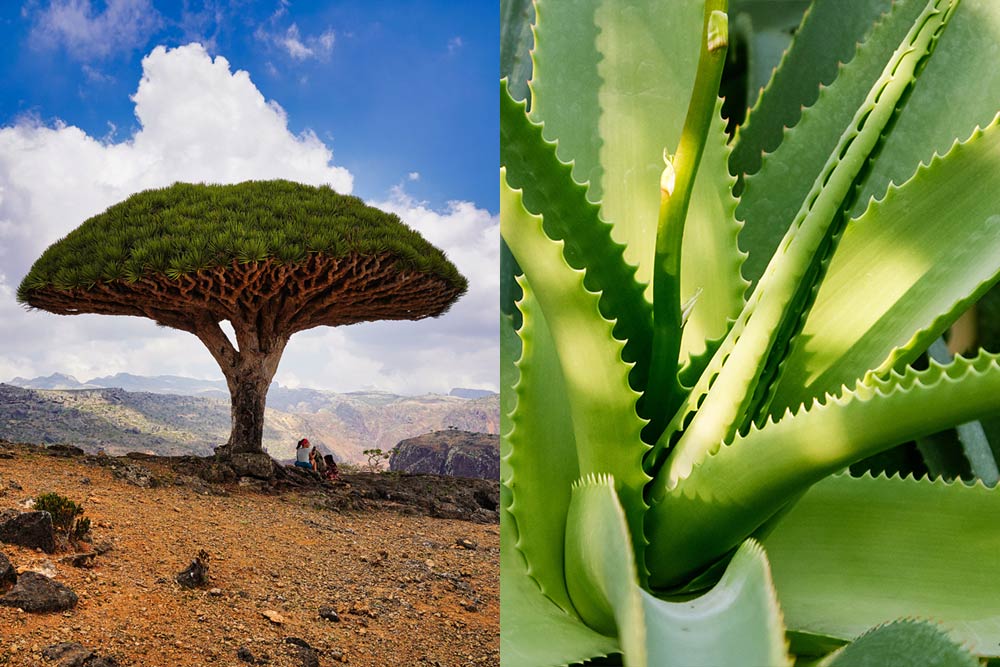
1.3 Dragon’s Blood vs Aloe Vera: Healing & Soothing
- Dragon’s Blood (Croton lechleri resin): Taspine, proanthocyanidins, and flavonoids accelerate wound repair, reduce scarring and provide a protective membrane.
- Aloe Vera: Rich gel of vitamins, enzymes, salicylic acid and amino acids. Supported by randomised trials for burn healing, anti-inflammatory action (aloesin, aloin) and itch relief (magnesium lactate).
Dragon’s Blood may be a showstopper in boutique skincare, but aloe vera remains a quiet powerhouse. Its long-standing safety record and wide availability make it a smart choice for those seeking innovative skincare that accelerates healing without the ethical concerns of rare-sourced ingredients.
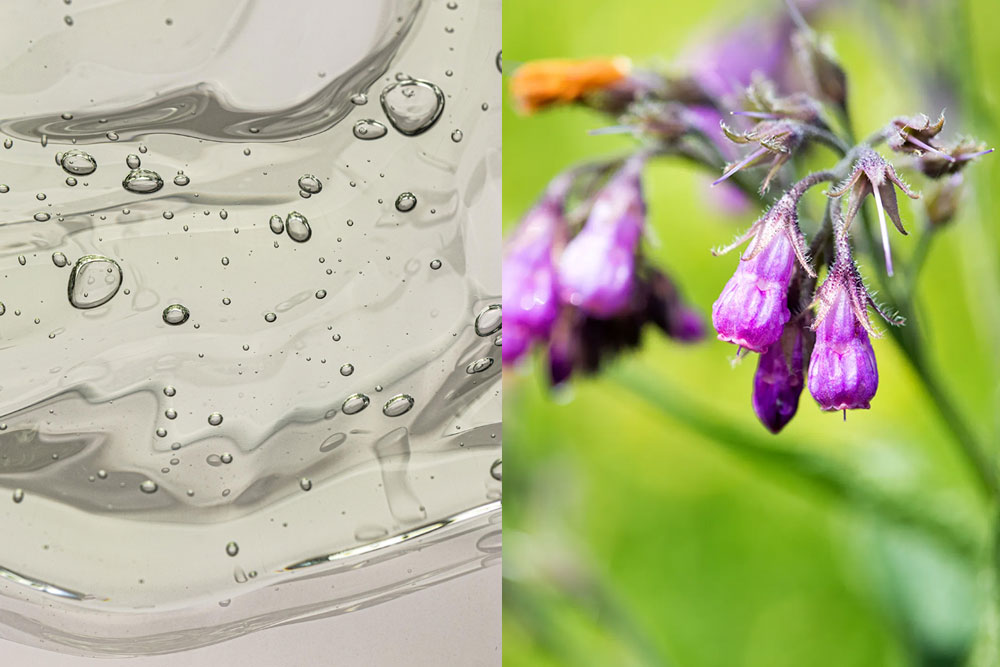
1.4 Ectoin vs Allantoin: Cellular Protection & Regeneration
- Ectoin: A microbial extremolyte forming a hydration shell, shielding cells from UV, pollution and blue light. Reduces TEWL and oxidative stress at the cellular level.
- Allantoin: Keratolytic and cell-proliferative, softening keratin, boosting fibroblast activity and enhancing hydration.
Both deliver barrier support, anti-inflammatory relief and regeneration – cornerstones of innovative skincare. Ectoin’s novel mechanism commands premium pricing; allantoin’s ubiquity and affordability often suffice for everyday barrier and repair formulas.
2. Beyond the Pairs: Traditional Actives Mirroring Trending Benefits
2.1 Tyrosinase Inhibitors: Brightening Without the Hype
Trending: Alpha Arbutin, Tranexamic Acid, Thiamidol, Liquorice Extract (Glabridin), Kojic Acid.
Modern brightening skincare is evolving – moving away from harsh, high-dose actives towards multi-layered, botanical approaches that support skin health as they even tone. At Twelve Beauty, we believe true innovative skincare is both effective and skin-kind.
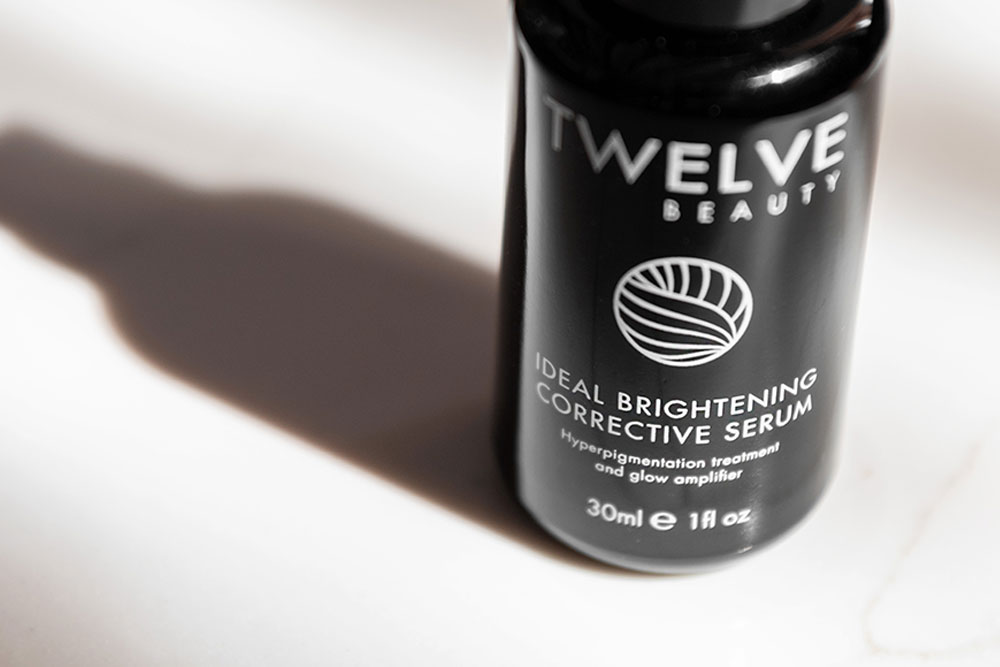
Our Ideal Brightening Corrective Serum embodies this shift. Rather than relying on a single “hero” ingredient, it blends a potent botanical medley including mallow, peppermint, cowslip, Epilobium, yarrow, lemon balm, cucumber and white genepi – each carefully selected for its ability to help reduce the appearance of dark spots, soothe inflammation and defend against free radical damage.
Instead of chasing quick fixes, this green and clean formula works holistically:
- Peppermint and yarrow help inhibit tyrosinase, the enzyme behind melanin production.
- Cowslip, lady’s mantle, and lemon balm brighten and even skin tone with their rich flavonoid and antioxidant content.
- Epilobium and white genepi soothe and protect against sun and pollution-induced inflammation, one of the root causes of pigmentation.
Designed for all skin types, including the most sensitive, this serum offers a gentle yet powerful alternative to aggressive brightening trends. Use it daily – or layer it at night for an intensive radiance boost.
2.2 5-Alpha Reductase Inhibitors: Oil Control & Acne Management
Trending: Saw Palmetto, EGCG (Green Tea), Azelaic Acid, Rosemary Oil, Reishi Extract.
Traditional: Epilobium Fleischeri (Willowherb): Prebiotic extract, suppresses Staph. capitis and C. kroppenstedtii; promotes S. epidermidis. Contains Oenothein B, a natural 5-alpha reductase inhibitor.
Our Ideal Rebalancing Level Serum is a clear example of what innovative skincare can look like in action. Instead of opting for mass-harvested saw palmetto, we use Epilobium Fleischeri. It’s a sustainable choice that doesn’t compromise on results.
2.3 Calming & Repair: Cica vs Mallow Flower
- Cica (Centella Asiatica): Madecassoside and asiatic acid strengthen the skin barrier and drive collagen synthesis.
- Mallow Flower Extract: High mucilage and flavonoids, delivering moisturisation, anti-inflammatory action and barrier repair with superior sustainability.
For those with fragile or reactive skin, mallow offers an ultra-soothing alternative to trendy extracts like cica. It’s a perfect example of how innovative skincare can draw from nature’s gentler remedies – ones that have stood the test of time.
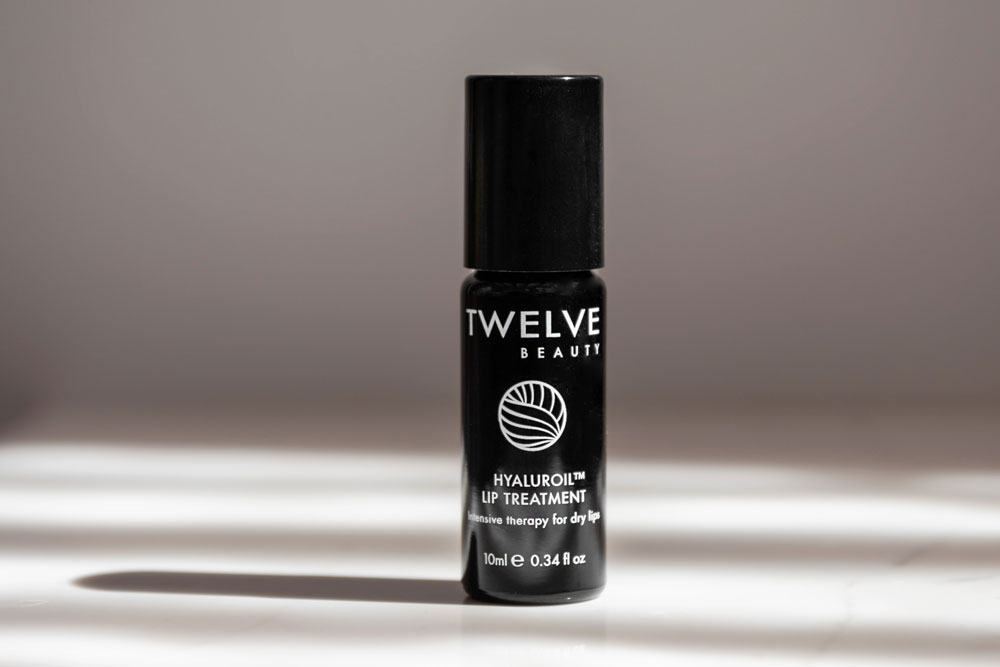
2.4 Skincare Classics That Still Lead the Way
- Niacinamide: Oil regulation and barrier health. (Find it in Ultra Revitalising Elixir.)
- Peptides: Collagen stimulation and wrinkle reduction. (Find them in Plant Perfection Gel Serum.)
- Oat (β-glucans): These molecules help calm itchiness and irritation (Find them in our hair care range.)
- Hyaluronic Acid: Deep hydration at any molecular weight. (Find it in Hyaluroil Lip Treatment.)
These actives are the foundation of any innovative skincare routine – trusted, versatile, and compatible with advanced delivery systems. No matter how trends shift, classic actives always return to the spotlight.
3. Extraction Methods: Impact on Purity & Sustainability
Even natural ingredients can bear a heavy ecological cost if extracted irresponsibly. Conventional cosmetics often use solvents (hexane, butane, propanol, chloroform, methanol) that raise safety and environmental concerns. Conversely, green techniques (cold-press, supercritical CO₂) preserve potency, cut waste and reduce carbon footprints.
- Candelilla Wax: Shifting from sulphuric acid to citric acid hydrolysis would improve environmental and worker safety.
- Ectoin Production: Switching from methanol/chloroform/water purification to biogas-fed microbial fermentation would drive skincare toward circular bioeconomy models and reduce the amount of toxic solvents in the end product.
- Rosehip & Argan Oils: Changing from labour-intensive manual presses and fossil fuels to supercritical extraction would increase their yield, quality and sustainability.
True innovation in skincare isn’t just about the latest active or trend. It’s about asking where ingredients come from, how they’re extracted, and whether they serve both skin and planet. At Twelve Beauty, we believe that the most meaningful advances happen when modern science works hand-in-hand with ethical sourcing and environmental care.
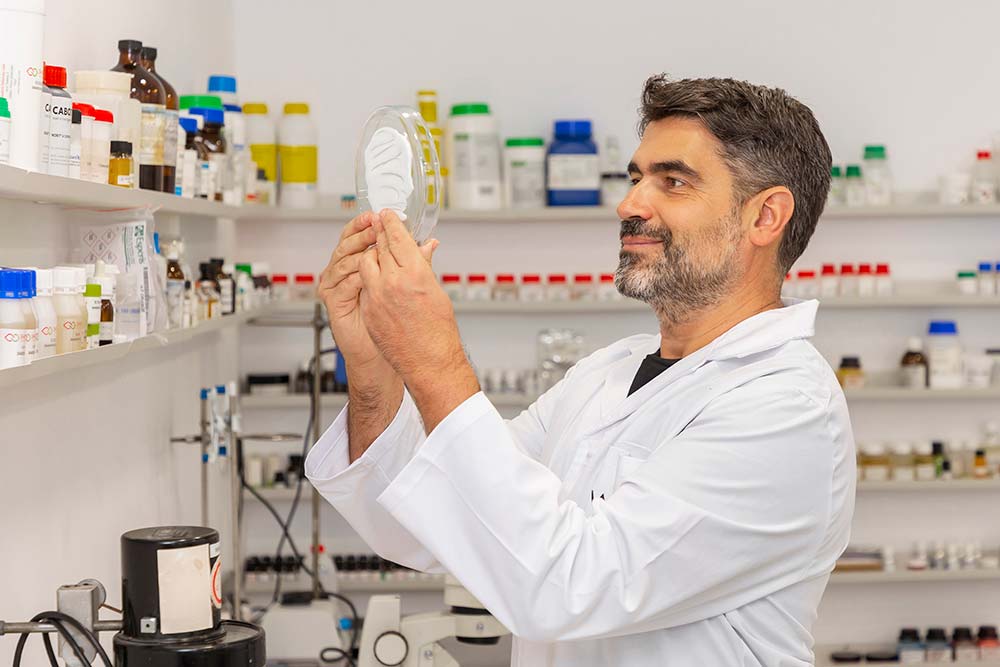
4. Clean on Paper vs. Clean in Practice
An authentic, innovative skincare strategy extends beyond efficacy:
- Ethical Sourcing: Prioritise fair-trade, regenerative agriculture and support smallholder communities.
- Supply Chain Transparency: Demand chain mapping and third-party audits for both “exotic” and “traditional” ingredients.
- Eco-Friendly Packaging: Recyclable, refillable or biodegradable options to tackle 120 billion units of annual beauty packaging waste.
- Reduced Chemical Footprint: Minimise petroleum-derived synthetics, promote biodegradability and low-impact extraction.
Sustainability is not inherent to an ingredient’s novelty but emerges from responsible practices – true innovative skincare is built on that principle.
Our philosophy…
Breaking away from the obsession with the exotic doesn’t mean settling for less. Quite the opposite. It means choosing ingredients with integrity, traceability, and proven results. Because the most innovative skincare isn’t always new – it’s often rooted in wisdom, elevated by science, and delivered with conscience.

